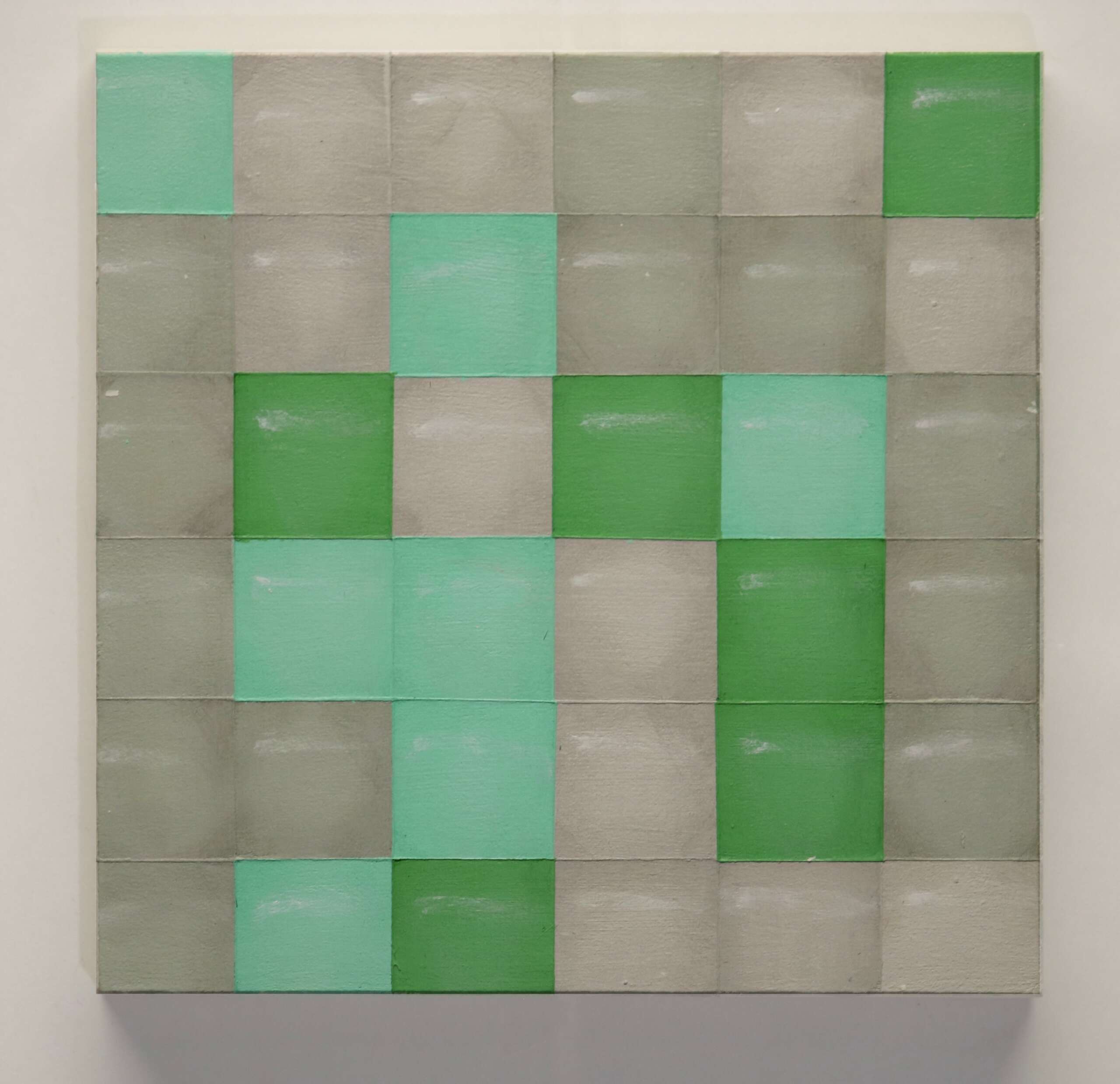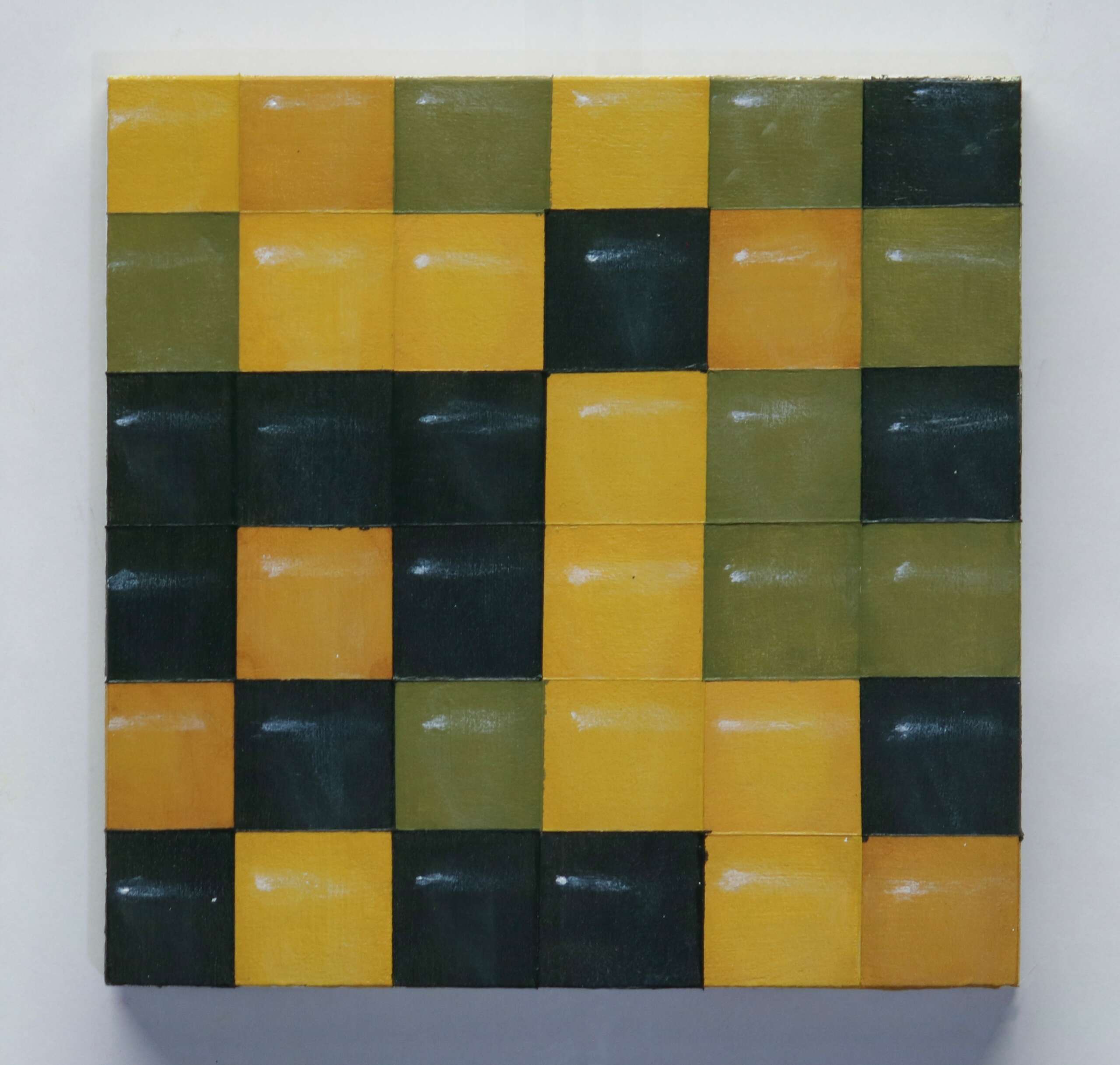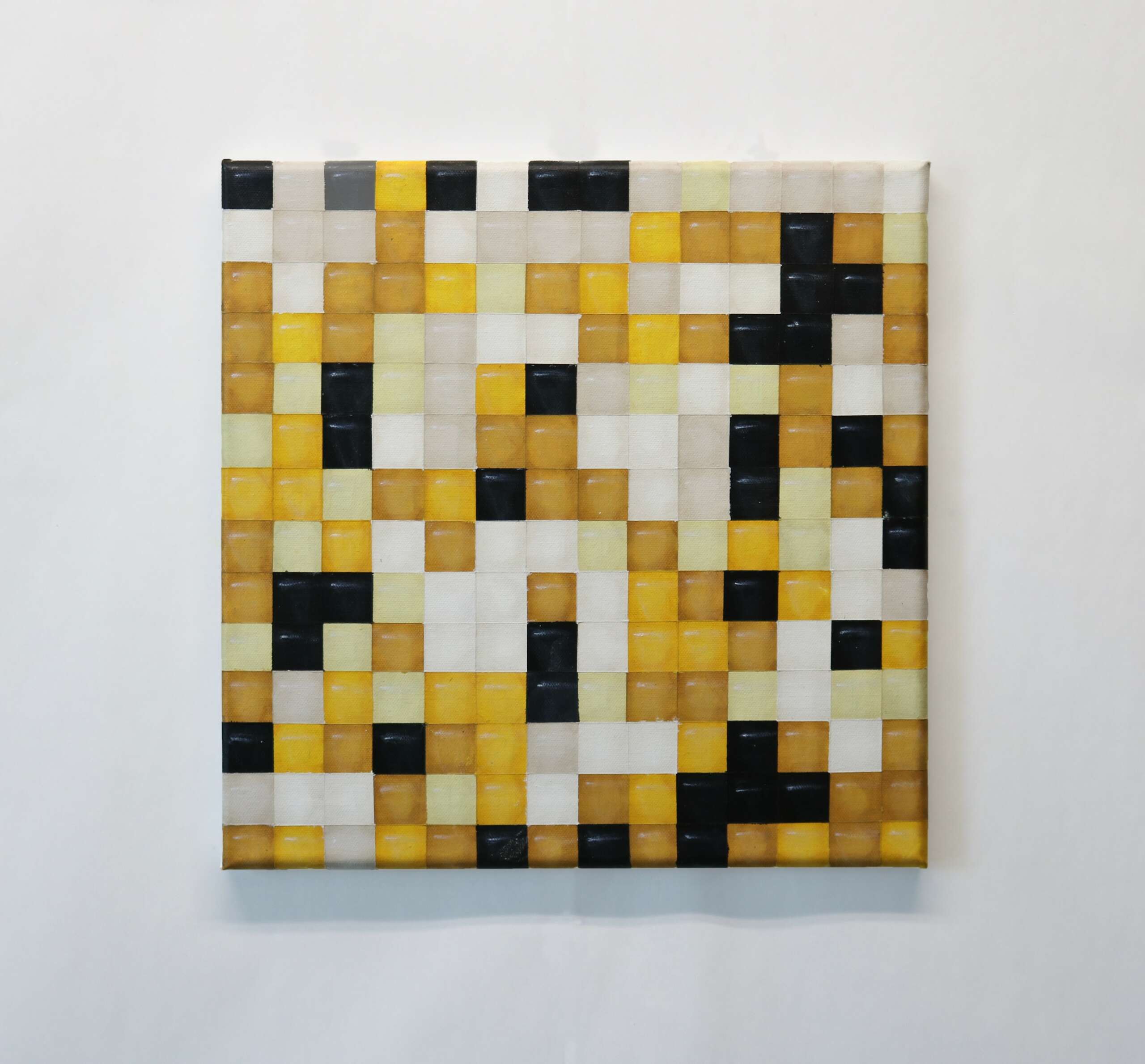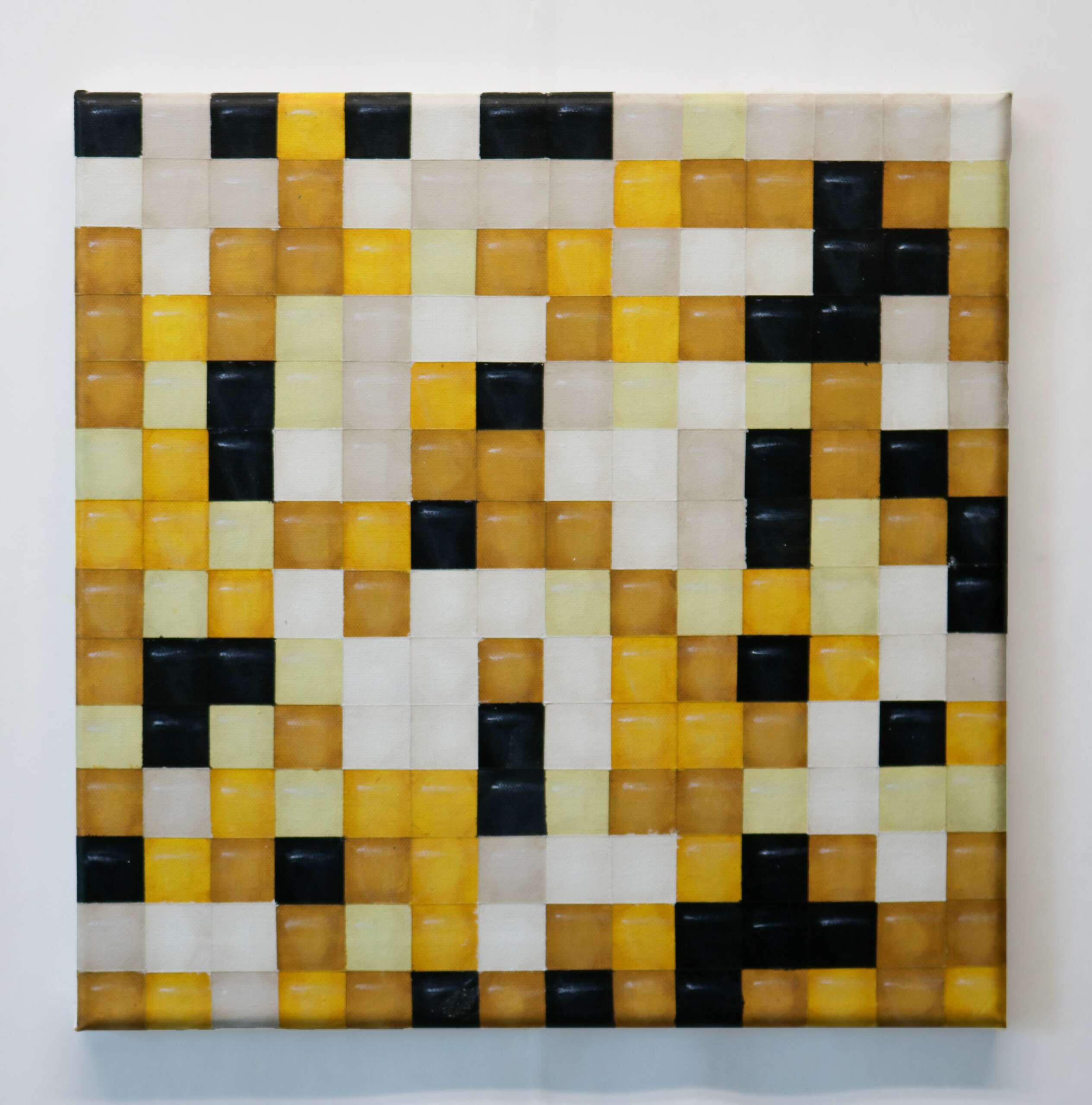We’re excited to introduce you to the always interesting and insightful Hannah Lane. We hope you’ll enjoy our conversation with Hannah below.
Hannah, looking forward to hearing all of your stories today. The first dollar you earn is always exciting – it’s like the start of a new chapter and so we’d love to hear about the first time you sold or generated revenue from your creative work?
The first time I had ever had one of my pieces sold was in 2020, I believe. It was such an exhilarating experience and I hope the collector still loves that piece.



As always, we appreciate you sharing your insights and we’ve got a few more questions for you, but before we get to all of that can you take a minute to introduce yourself and give our readers some of your back background and context?
My name is Hannah Lane, and I am an artist and an art historian. I started in the industry when I decided to get two degrees from the Kansas City Art Institute: a BFA in Painting and a BFA in Art History. I create paintings that discuss grids and technology. Grids are everywhere, and we constantly interact with them. Whether through pixels on a screen or the grided infrastructure we live in, we have intertwined our lives with this shape of the square and the placement of the grid. I use the idea of a grid in my work to pass my findings from myself to the viewer as a different and abstract way of transferring information. This is similar to how technology passes information to other equipment alongside code.
I pick colors from social media posts, movies, series, games, and anything that lives within the “cloud” or has to be viewed or printed out through a technological device. Historically, towns and cities have had colors blocking and sectioning land for commercial and residential use.
I am also connecting older artists’ techniques, such as shading, Unione, and glazing, to create a look of something with form while still using modern materials, such as acrylics and synthetic hair brushes. This interesting juxtaposition of traditional techniques with modern technology, AI/code, and colors that come from the ‘cloud’ allows me to question how the grid and technology have allowed us to see places and people that would have only been able to be seen in person years ago. While this may be good to a certain extent, the grid also disconnects us from our humanity. This combo of Renaissance shading techniques helps to bring the hand of a human being back into an abstract piece that uses technology and grided geometry instead of just a solid color.
Through these techniques and shapes, I am recognizing my relationship to technology. My pieces process what I see on social media, TV, and news channels. How have these grids affected me personally and made my reality what I believe it to be? The pieces’ names coincide with the pictures from which the colors come, along with my feelings about what has been seen.



In your view, what can society to do to best support artists, creatives and a thriving creative ecosystem?
We need to keep art in schools. So many public schools have either totally eliminated their art programs or severely defunded them. This is partially due to taking the money to put towards STEM classes. I am not saying STEM should not be taught in schools, but if you do not have art classes to encourage out-of-the-box thinking, you will only have children who solve problems by specific calculations, and no innovation will ever happen. Both are vital to our children, our society, and our country.
Have any books or other resources had a big impact on you?
Concerning the Spiritual in Art by Wassily Kandinsky The Artist’s Reality: Philosophies of Art by Mark Rothko
Both taught me some interesting perspectives on art and, more importantly, abstract art.
Contact Info:
- Website: https://hlaneartist.wixsite.com/hannahlaneartist
- Instagram: https://www.instagram.com/hlaneart/
- Other: https://www.saatchiart.com/Hannah.Lane


